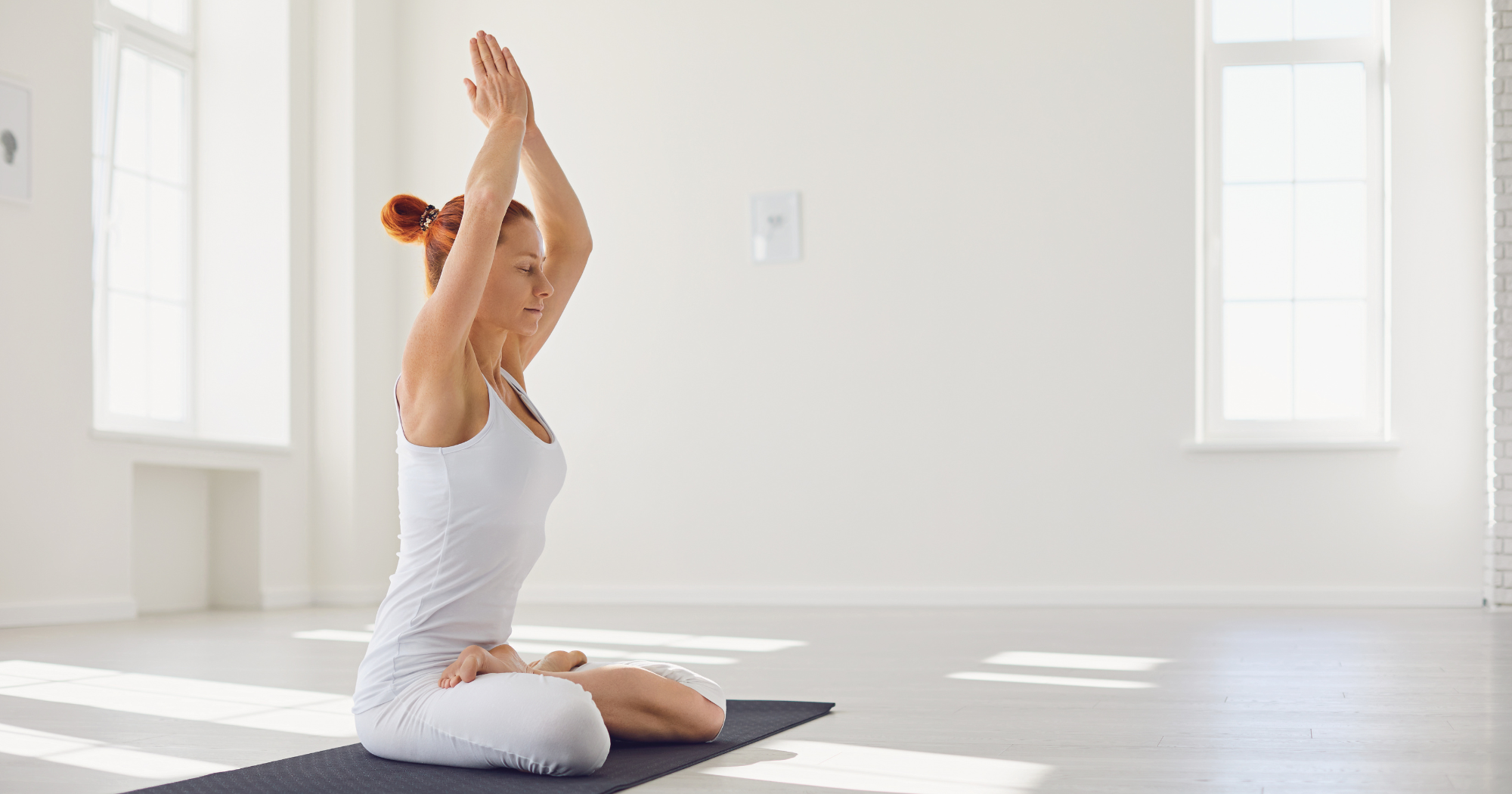
Walking vs Running: The Great Debate
, par FLOW Admin, 6 min temps de lecture
1.200+ tevreden klanten  (4.7/5)
(4.7/5)

, par FLOW Admin, 6 min temps de lecture
When it comes to cardiovascular exercises, the age-old debate often boils down to walking vs running. Both forms of exercise offer unique benefits and can be tailored to individual fitness goals and preferences. Let's stride through the pros and cons of each to help you decide which might be the best fit for your fitness journey.
Walking is often seen as the underdog in the fitness world, but it's a powerhouse in its own right.
Running is often celebrated for its intensity and the quick results it can deliver.
Intensity and Impact: Running is a high-intensity, high-impact exercise, while walking offers a lower-intensity, lower-impact workout.
Calorie Burn: Running generally burns more calories than walking, but a brisk walk can also be quite effective.
Risk of Injury: Running has a higher risk of injury compared to walking due to its high-impact nature.
Convenience: Walking can be easily incorporated into daily life and requires less preparation than running.
While the great outdoors offers a refreshing backdrop for walking and running, there are days when the weather just doesn’t cooperate, or perhaps you simply prefer the privacy and convenience of an indoor workout. This is where walking pads and treadmills come into play, offering a fantastic alternative.
Whether you choose walking or running, both are excellent ways to improve your physical health and mental well-being. Walking offers a gentler, more accessible form of exercise, while running provides a more intense workout with quicker results. Ultimately, the best choice depends on your personal fitness goals, physical condition, and, most importantly, what you enjoy the most. Remember, the key to a successful fitness regimen is consistency, so pick the pace that you're most likely to maintain in the long run.
Transitioning safely from walking to running involves gradually increasing the intensity and duration of your workouts. Start by introducing short intervals of jogging into your regular walks, followed by periods of walking to recover. Over time, you can increase the length of the jogging intervals and decrease the walking intervals. It's important to listen to your body and not push too hard too fast to avoid injury. Additionally, ensure you have proper footwear and consider consulting with a fitness professional or healthcare provider, especially if you have any existing health concerns.
Running offers specific health benefits such as higher intensity cardiovascular training, which can lead to improved heart health and endurance more quickly than walking. It also burns more calories in a shorter period, making it effective for weight loss. On the other hand, walking provides a low-impact alternative that is gentler on the joints, making it suitable for people of all ages and fitness levels. It's also been shown to offer mental health benefits, as it can be a meditative and less strenuous form of exercise. Both activities improve cardiovascular health, but the choice between them can depend on individual fitness levels, goals, and physical condition.
For individuals with certain health conditions, such as heart issues or joint problems, walking is often recommended as it is a low-impact exercise that places less stress on the heart and joints. However, it's crucial for anyone with health concerns to consult with a healthcare provider before starting any new exercise regimen. They can provide personalised advice based on the individual's health status and fitness goals. For those with joint problems, walking on softer surfaces or using cushioned footwear can help reduce impact. For heart conditions, monitoring heart rate and intensity to ensure the exercise remains within a safe range is essential.


